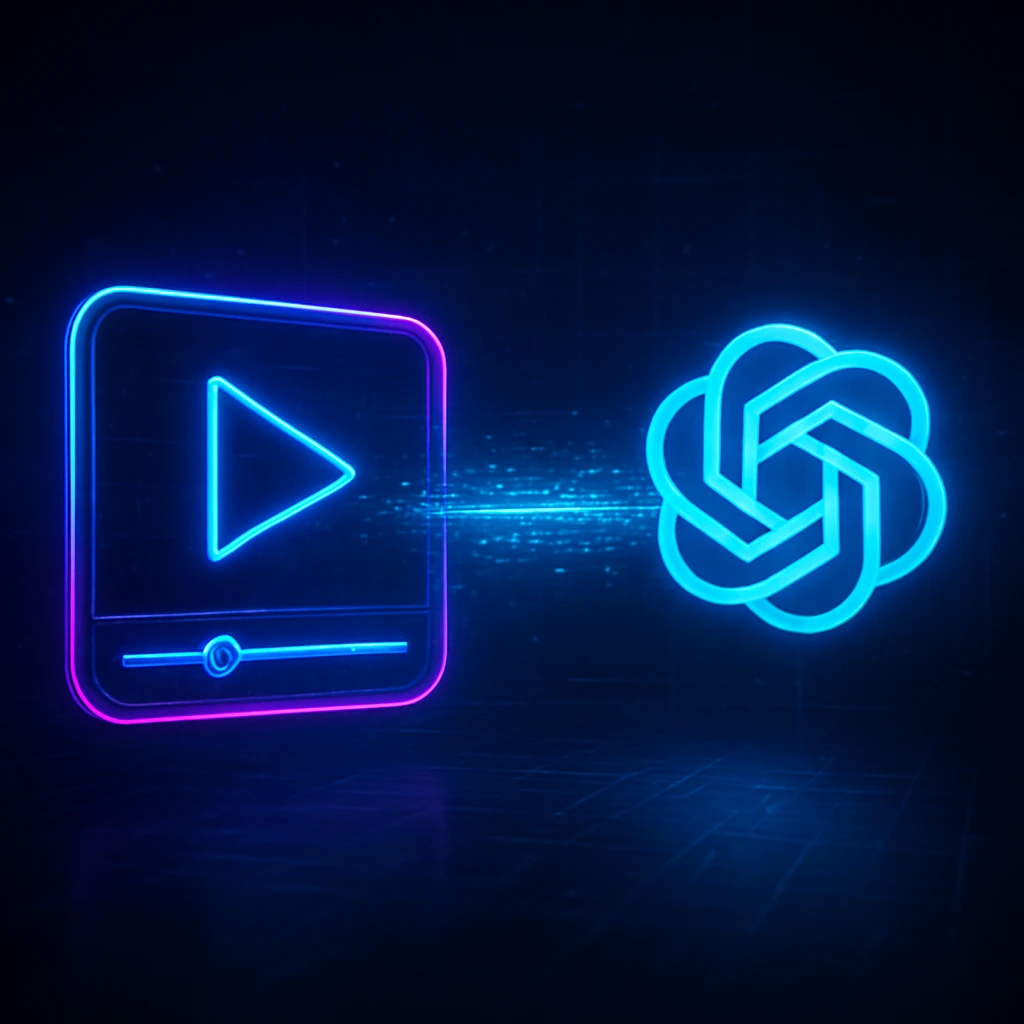
OpenAI has delivered a powerful new update to its market-leading AI video generation tool, Sora 2, significantly increasing the capabilities for both free and professional users. These upgrades mark a new frontier in the accessibility and sophistication of synthetic media, challenging users and platforms alike to reassess the line between reality and AI video generation.
The official OpenAI account on X announced the “2 Sora 2 updates,” emphasizing the company’s commitment to rapidly expanding the tool’s power. These enhancements will undoubtedly make social media scrolling even more challenging as deepfakes become increasingly convincing and prevalent.
Core Upgrades to Sora 2: Longer Videos for All
The most significant and headline-worthy update is the substantial increase in maximum video length for all users. This change fundamentally shifts what is possible with the free version of the tool.
Free User Enhancements
- New Video Length: Free users can now generate Sora 2 videos up to 15 seconds in length.
- Previous Limit: This is a notable increase from the prior maximum of approximately 10 seconds.
This 50% jump in length for free-tier users democratizes the creation of more complex and narrative-driven short-form content. For content creators and enthusiasts, this is a major boost, allowing for short skits, enhanced visual effects, or more detailed demonstrations without a subscription cost.
Pro User Tier: Stepping into Professional Production
For those subscribed to the Pro tier—a comprehensive package that includes advanced access to ChatGPT and other high-end OpenAI tools—the capabilities have expanded even further, cementing Sora 2 as a tool for semi-professional AI video generation.
- Maximum Video Length: Pro users can now generate videos up to 25 seconds long, a substantial leap from their previous limit.
- Cost: The Pro subscription remains at a hefty $200/£200 a month, reflecting the premium access to the company’s cutting-edge large language models and generative tools.
The ability to generate a continuous 25-second clip drastically expands the potential for a single-shot narrative, allowing for richer storytelling and more complex camera movements within the Sora 2 interface.
Introducing Storyboard: Multi-Scene Cinematic Creation
The second major feature announced today is a significant new workflow tool exclusive to Pro users: Storyboard.
The Storyboard tool is a game-changer for narrative structure, allowing users to:
- Merge Clips: Seamlessly piece together multiple individual Sora 2 clips.
- Create Scenes: Design impressive AI-generated videos with multiple, distinct scenes that flow logically.
This feature moves the platform beyond single-prompt generations and into the realm of multi-part cinematic creation. For professionals, this directly addresses one of the primary limitations of initial AI video generation platforms—the inability to maintain consistent characters, settings, or continuity across separate prompts. While OpenAI has not specified a timeline, the community eagerly awaits news on when or if this Storyboard feature will become available for Plus and Free users.
The Looming Challenge of Reality and AI
The rapid evolution of Sora 2 raises profound questions about media authenticity. Just a few months ago, the initial launch demonstrated an incredible leap forward in synthetic media quality, but the increase in video length pushes the technology into a new, more dangerous territory.
As AI-generated content becomes indistinguishable from real footage, even a brief 15-second clip can be convincing enough to mislead. We are entering an era where our initial instinct upon viewing a piece of media may no longer be to assume its veracity. A viral video of a celebrity meeting an unlikely figure or a seemingly authentic product launch could now be a meticulously crafted deepfake.
The increase in length and the introduction of advanced tools like Storyboard amplify this problem. It’s becoming harder to rely on subtle visual cues to determine authenticity, especially when doomscrolling through platforms like Instagram or X. The mind plays tricks, prioritizing the sensational content over rational assessment.
The Competitive Landscape and Future Projections
The upgrades to Sora 2 are not occurring in a vacuum; they are a clear move by OpenAI to solidify its dominance in a highly competitive sector. Rumors of other significant developments are swirling:
- Google’s Response: Competitor Google is rumored to be launching Gemini 3 soon, potentially alongside an upgraded version of its own video generation model, Veo.
- Model Wars: The rapid iteration cycles highlight an “AI arms race,” where models and their features are constantly being improved and expanded. This competition benefits the consumer in terms of capability but accelerates the ethical challenges posed by deepfakes and misinformation.
Accessibility and Getting Started
Currently, access to Sora 2 is limited geographically. Users in the U.S. and Canada can try the platform today via the Sora app or the official website. The rest of the world must wait patiently for the global rollout.
For developers and advanced users looking to explore the technical underpinnings of models that power features like Storyboard, exploring the documentation for foundational large language models is crucial. The advancements in video quality are often a direct result of progress made in core generative AI video generation and text-to-image models.
The Bottom Line
The Sora 2 updates—longer free videos and the powerful Storyboard tool for Pro users—mark a significant moment. They confirm the trajectory of AI video generation toward greater realism and complexity, making tools like Sora 2 essential for creators while simultaneously demanding a more critical and informed media consumption from all of us. The future of synthetic media is here, and it is startlingly realistic.